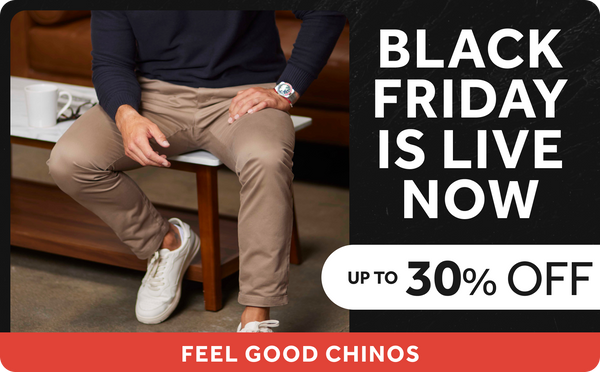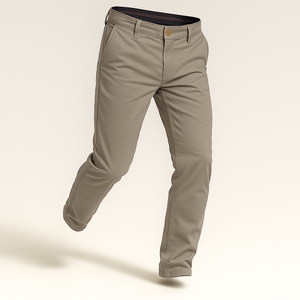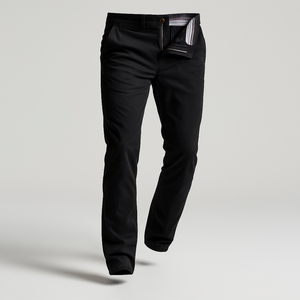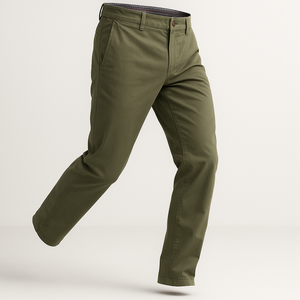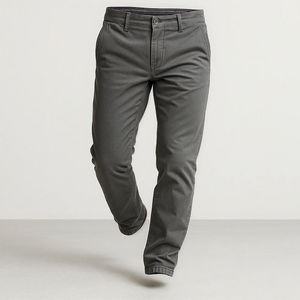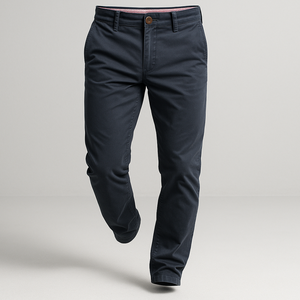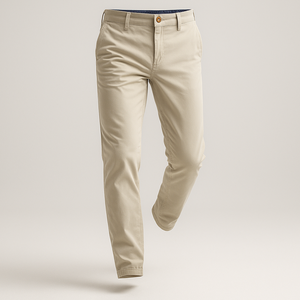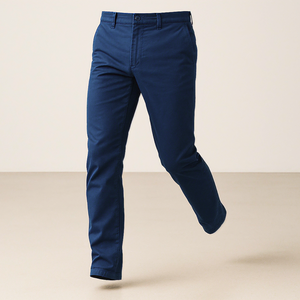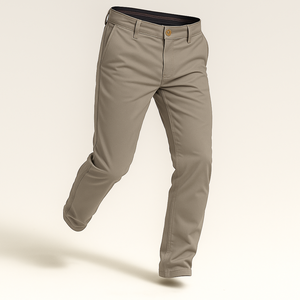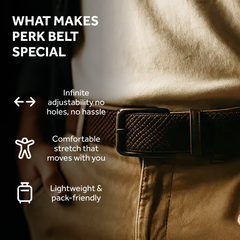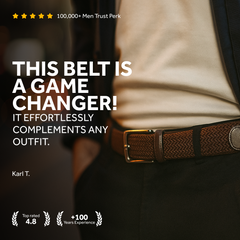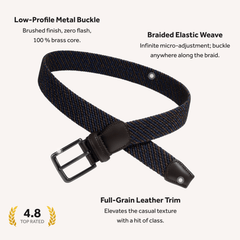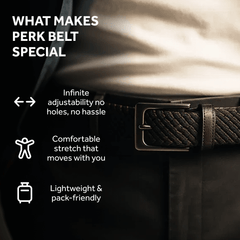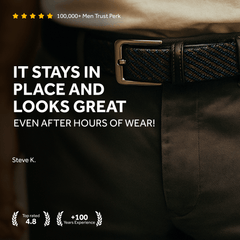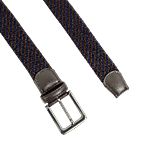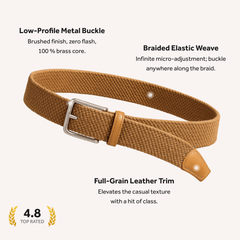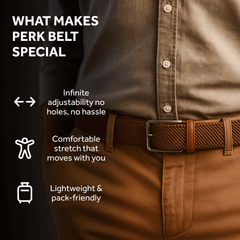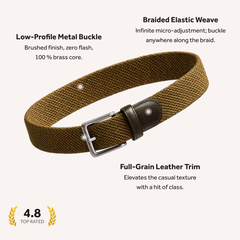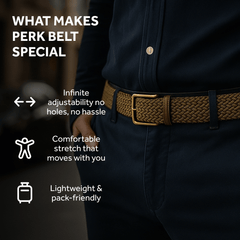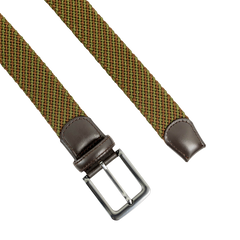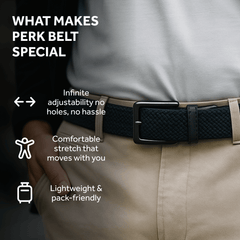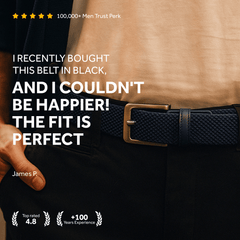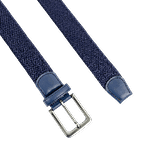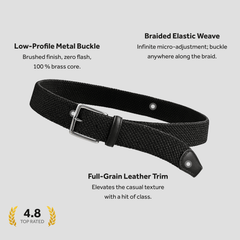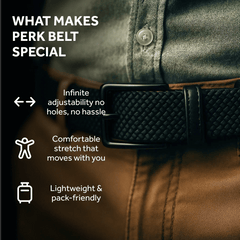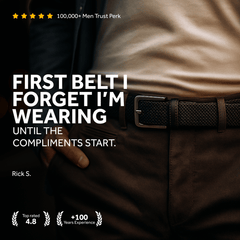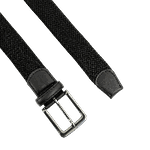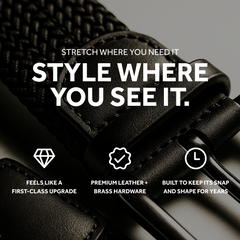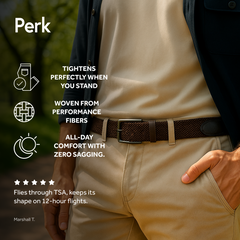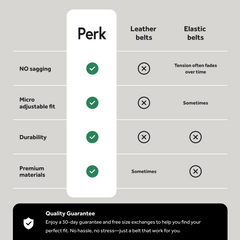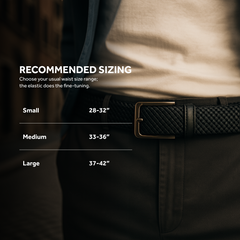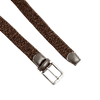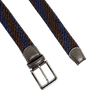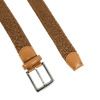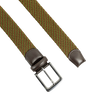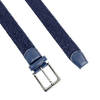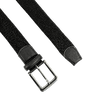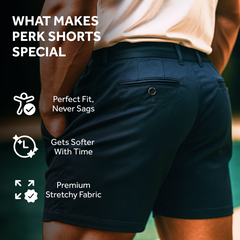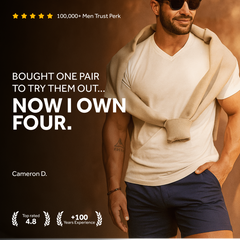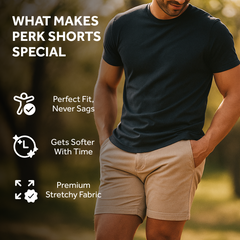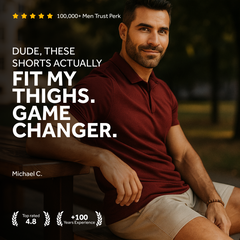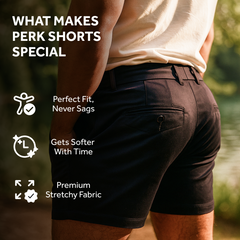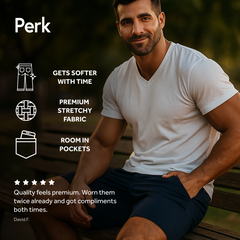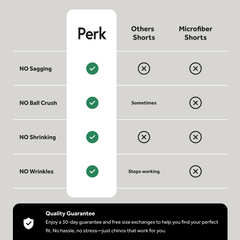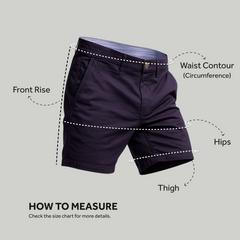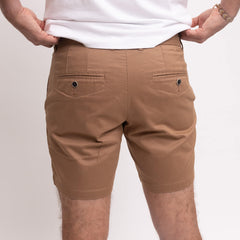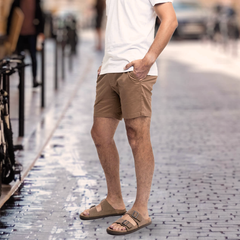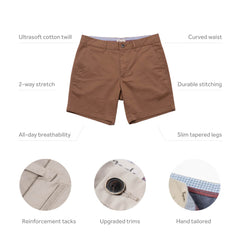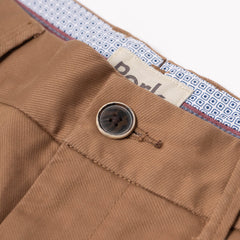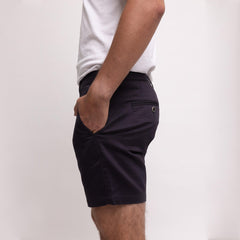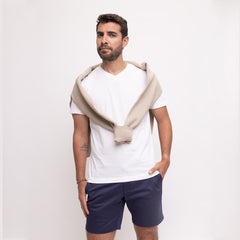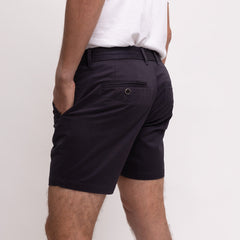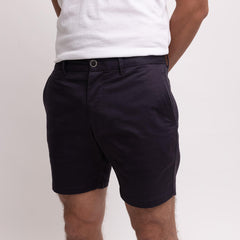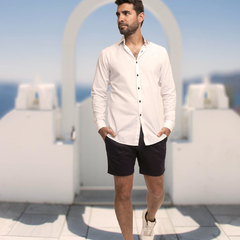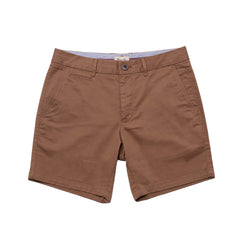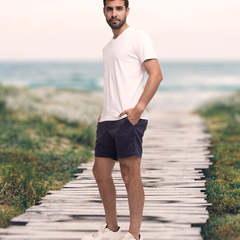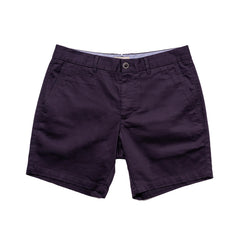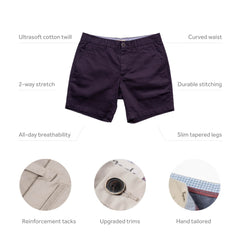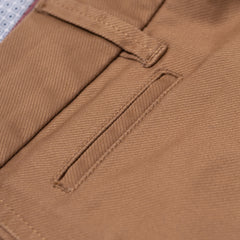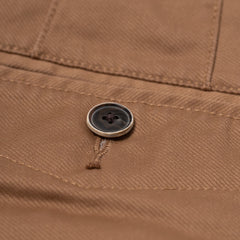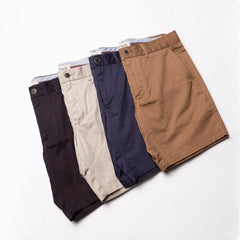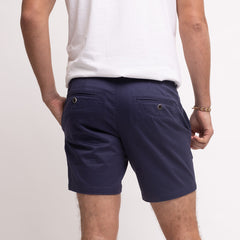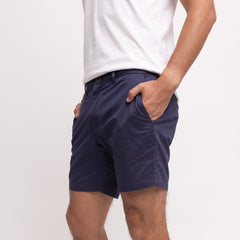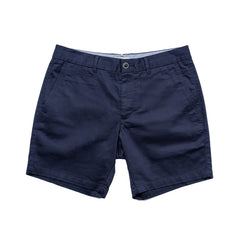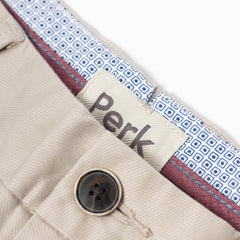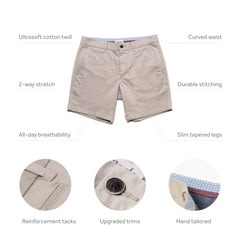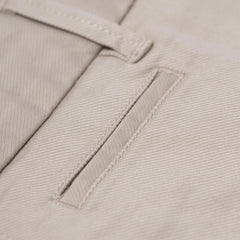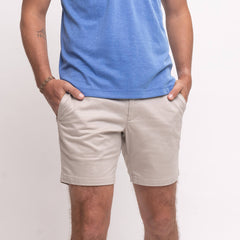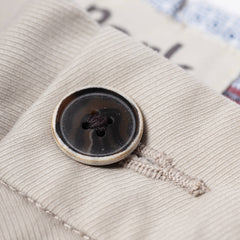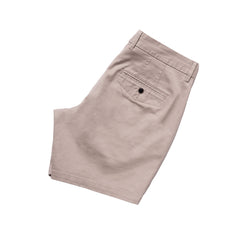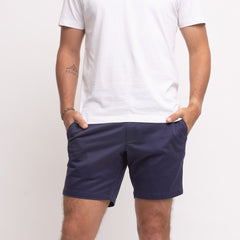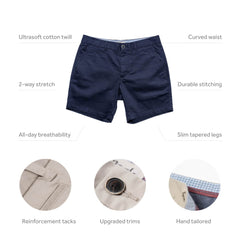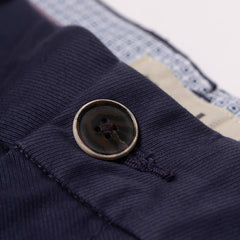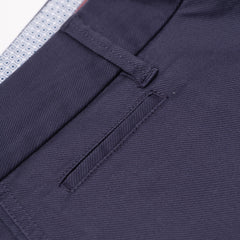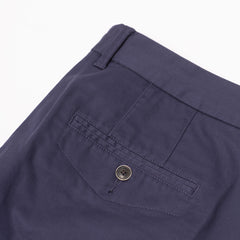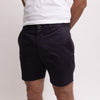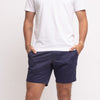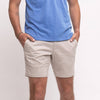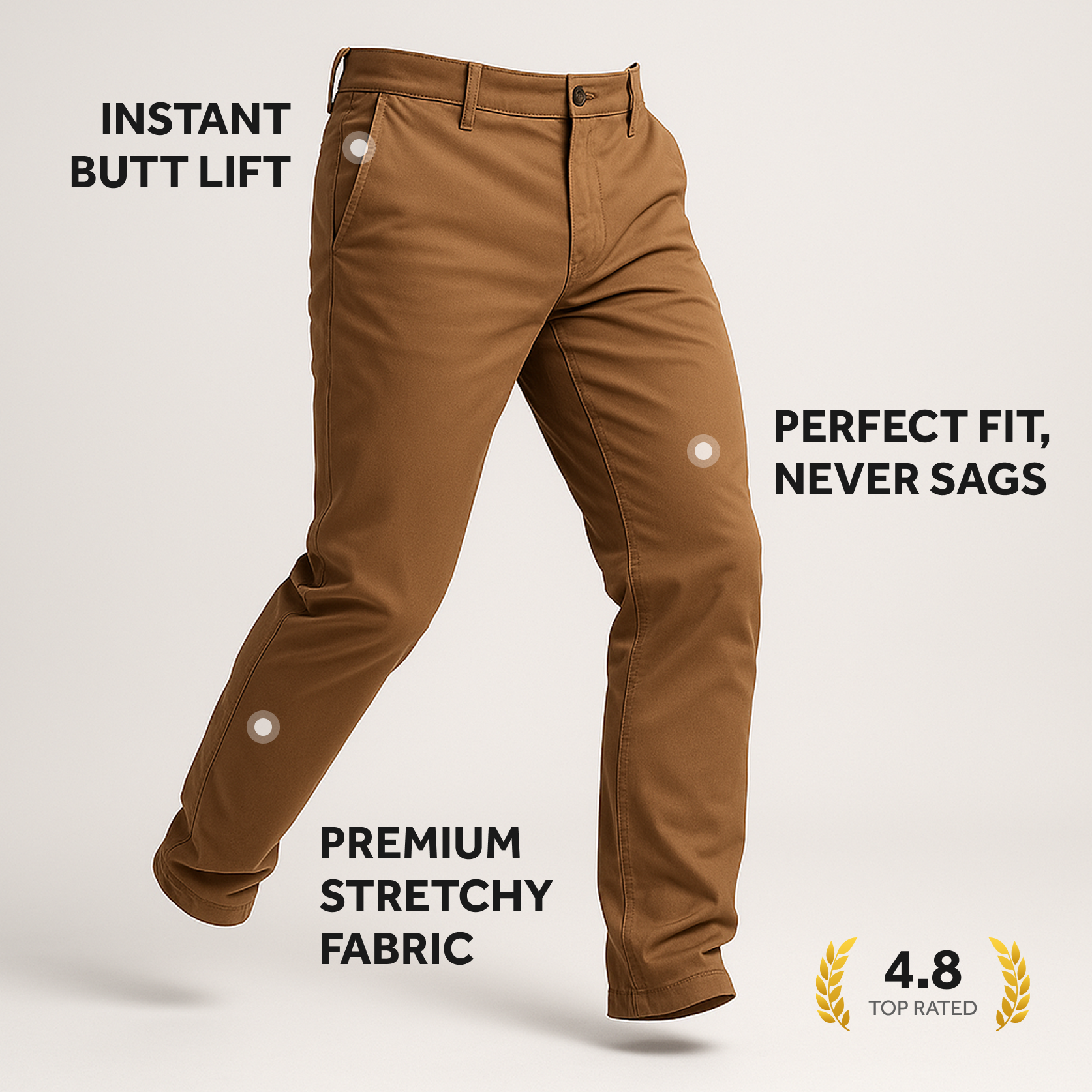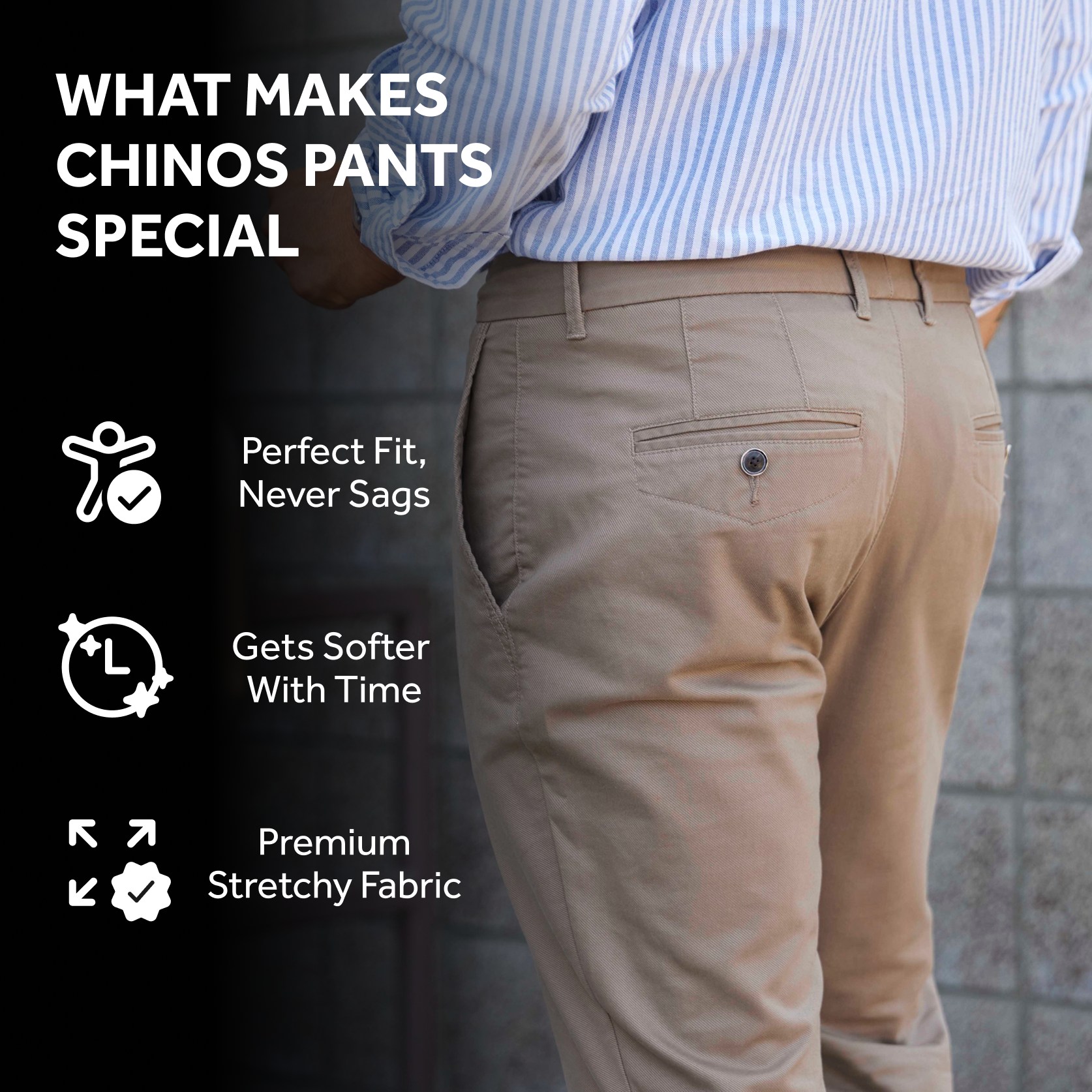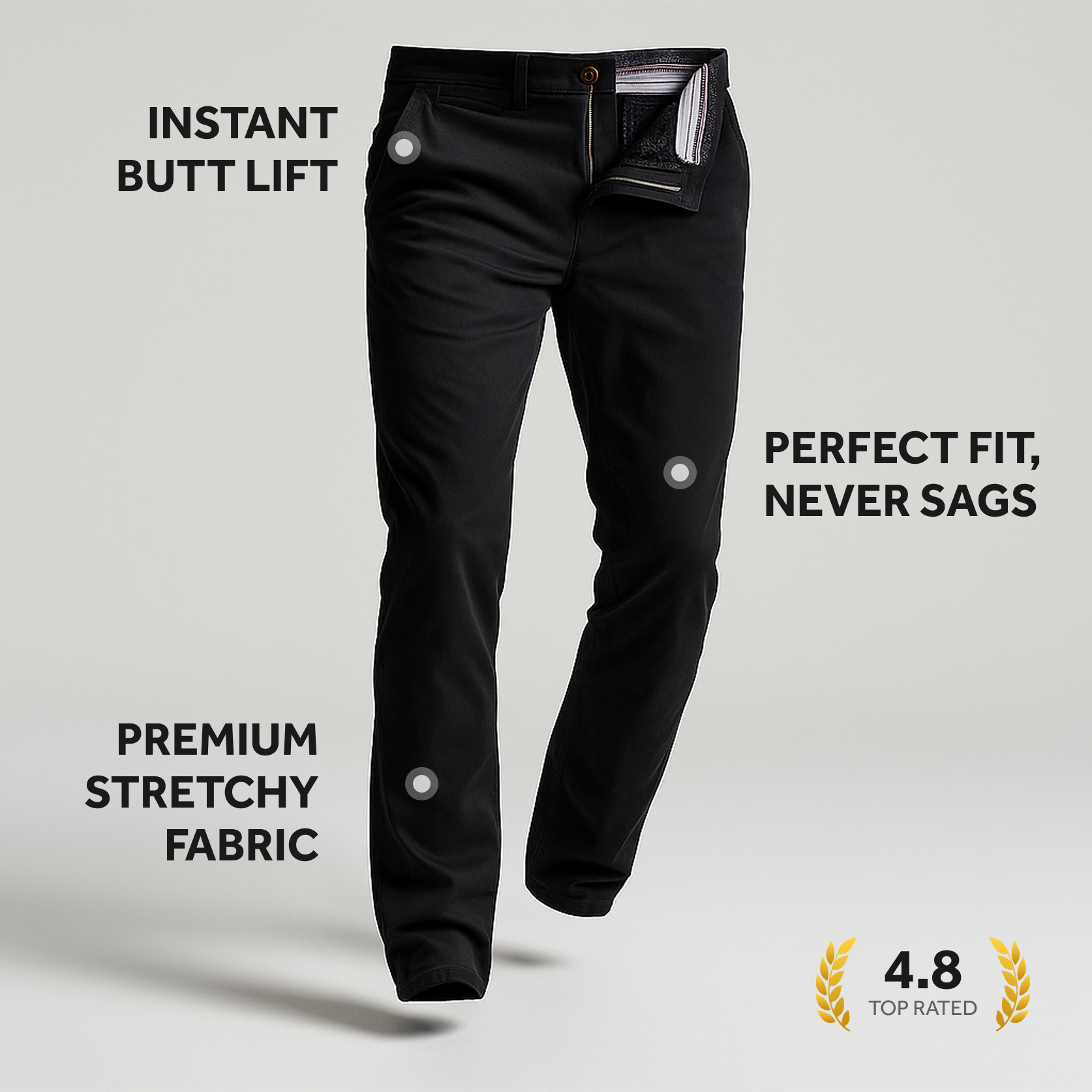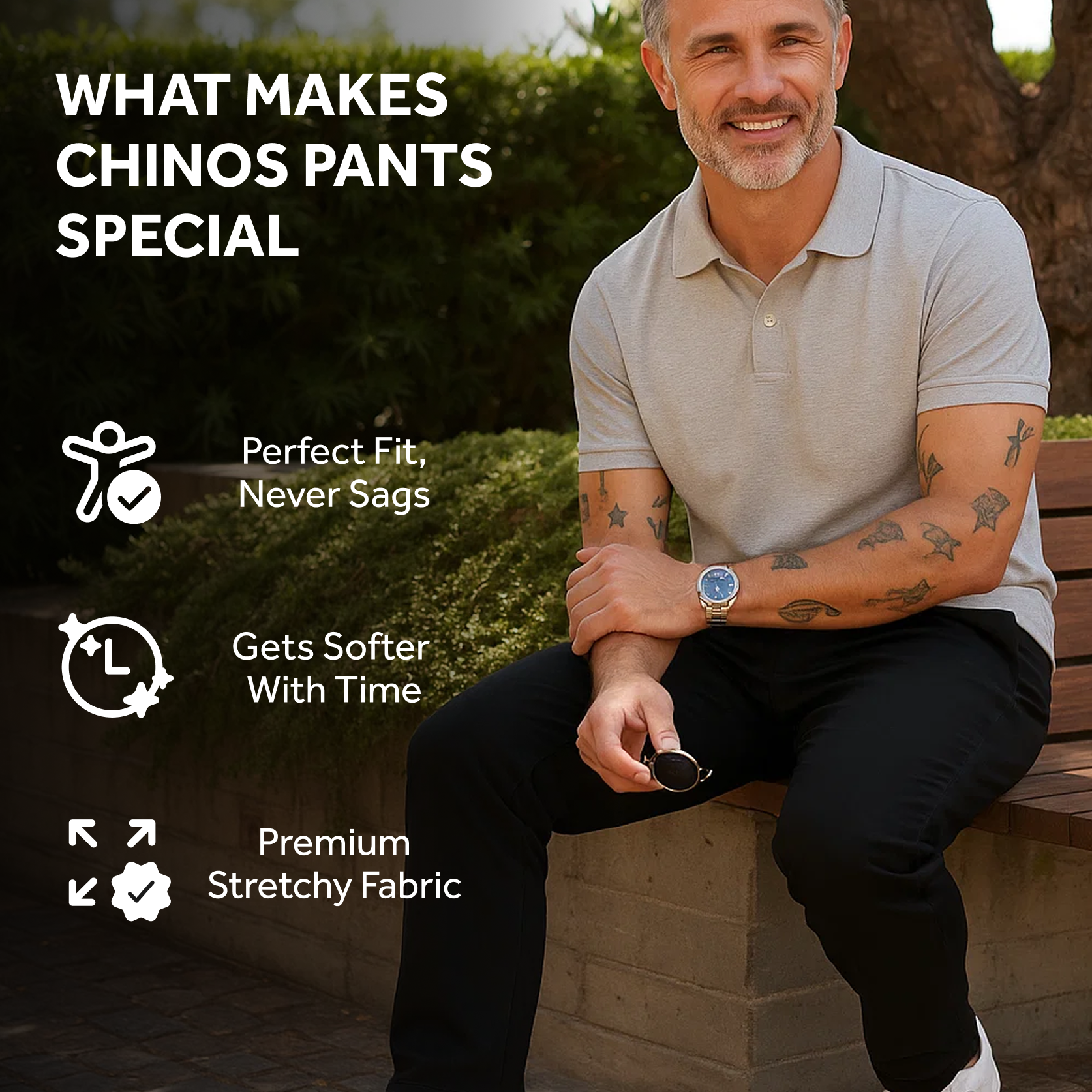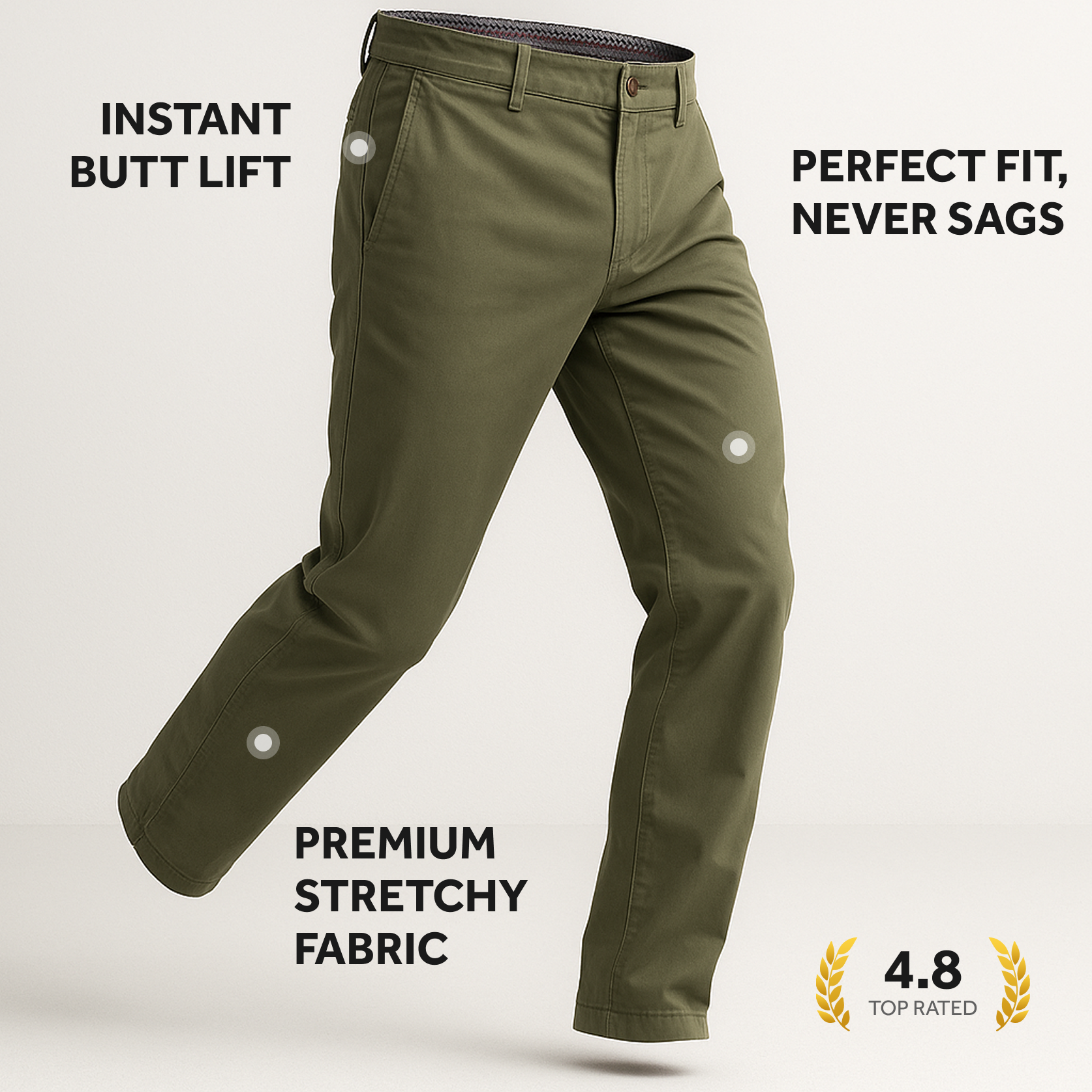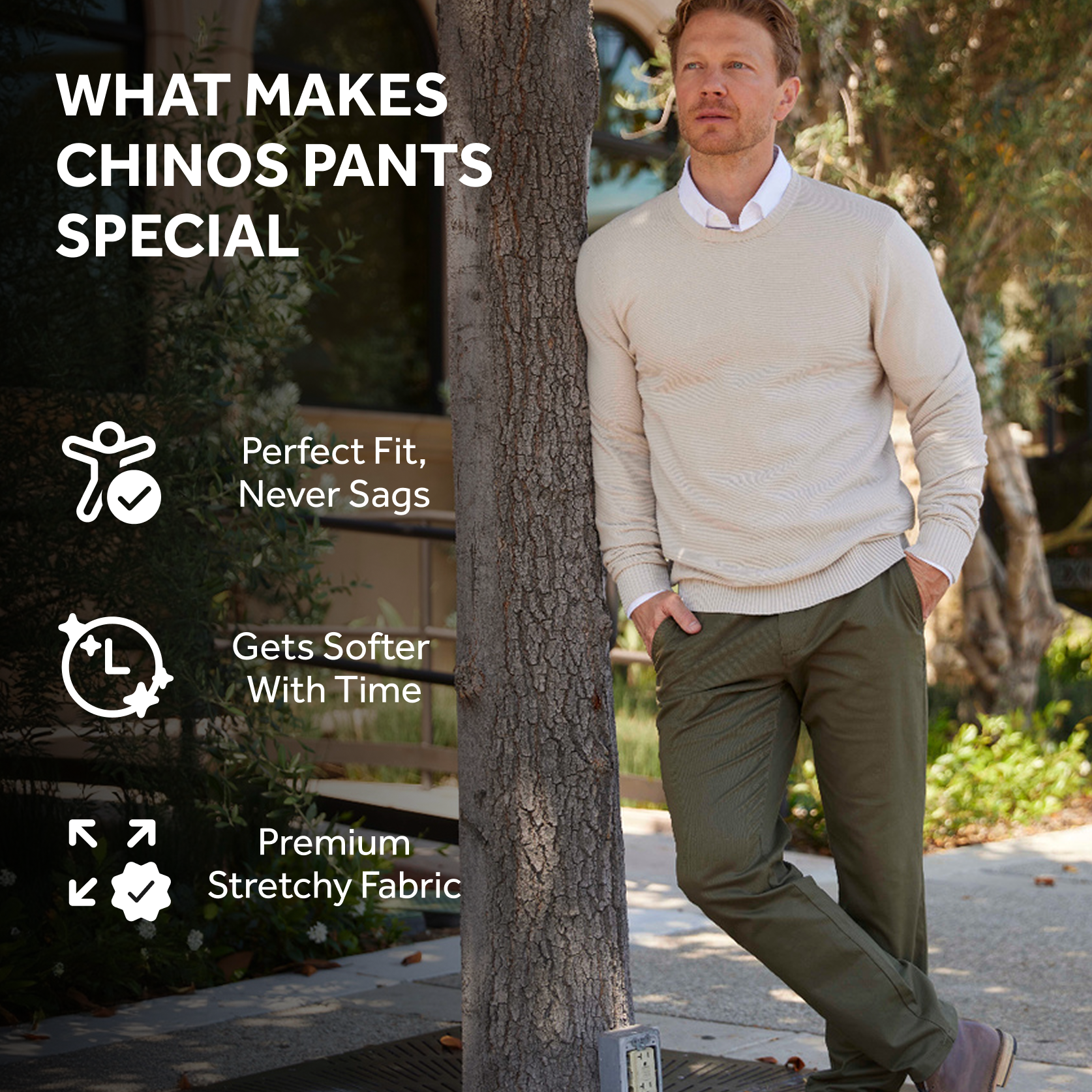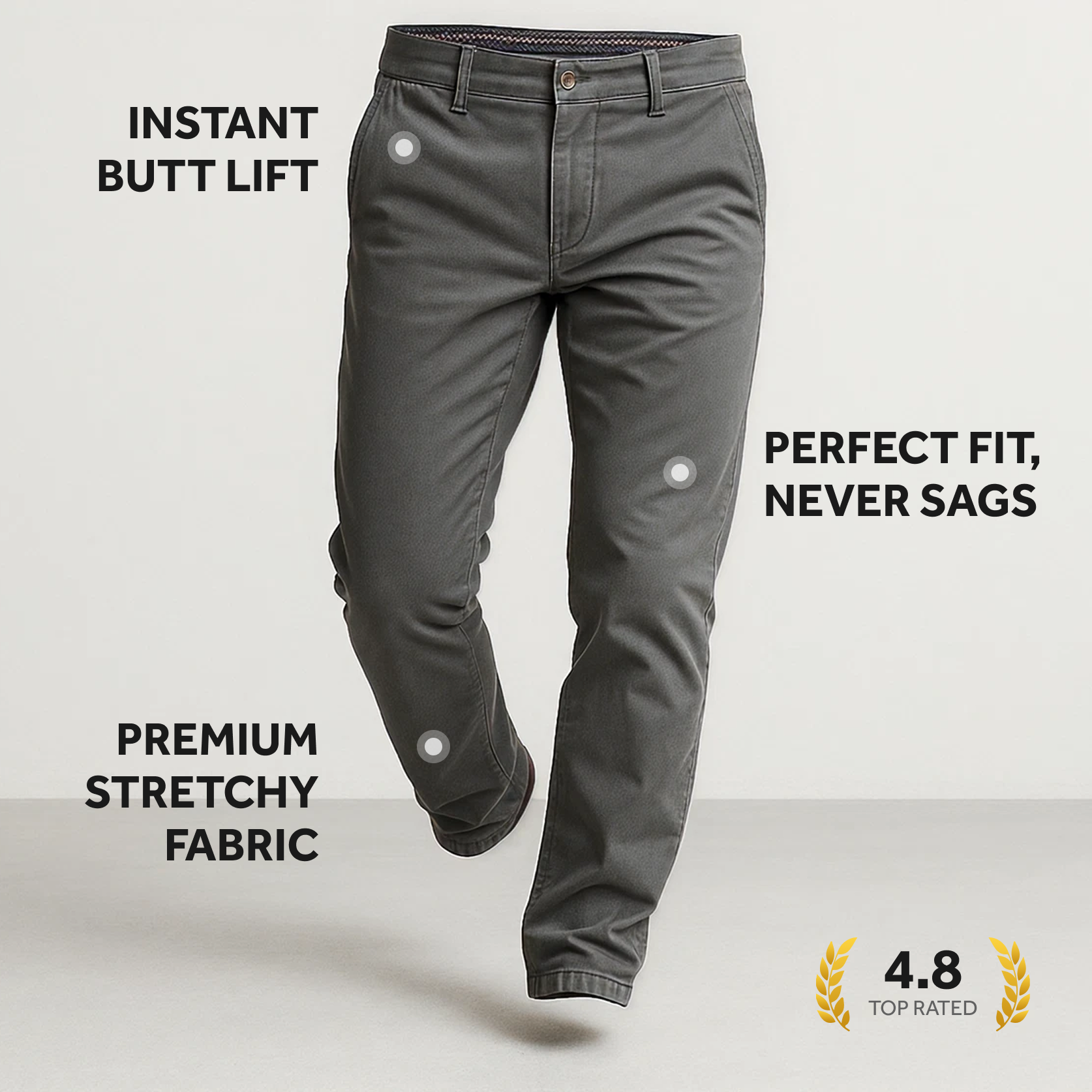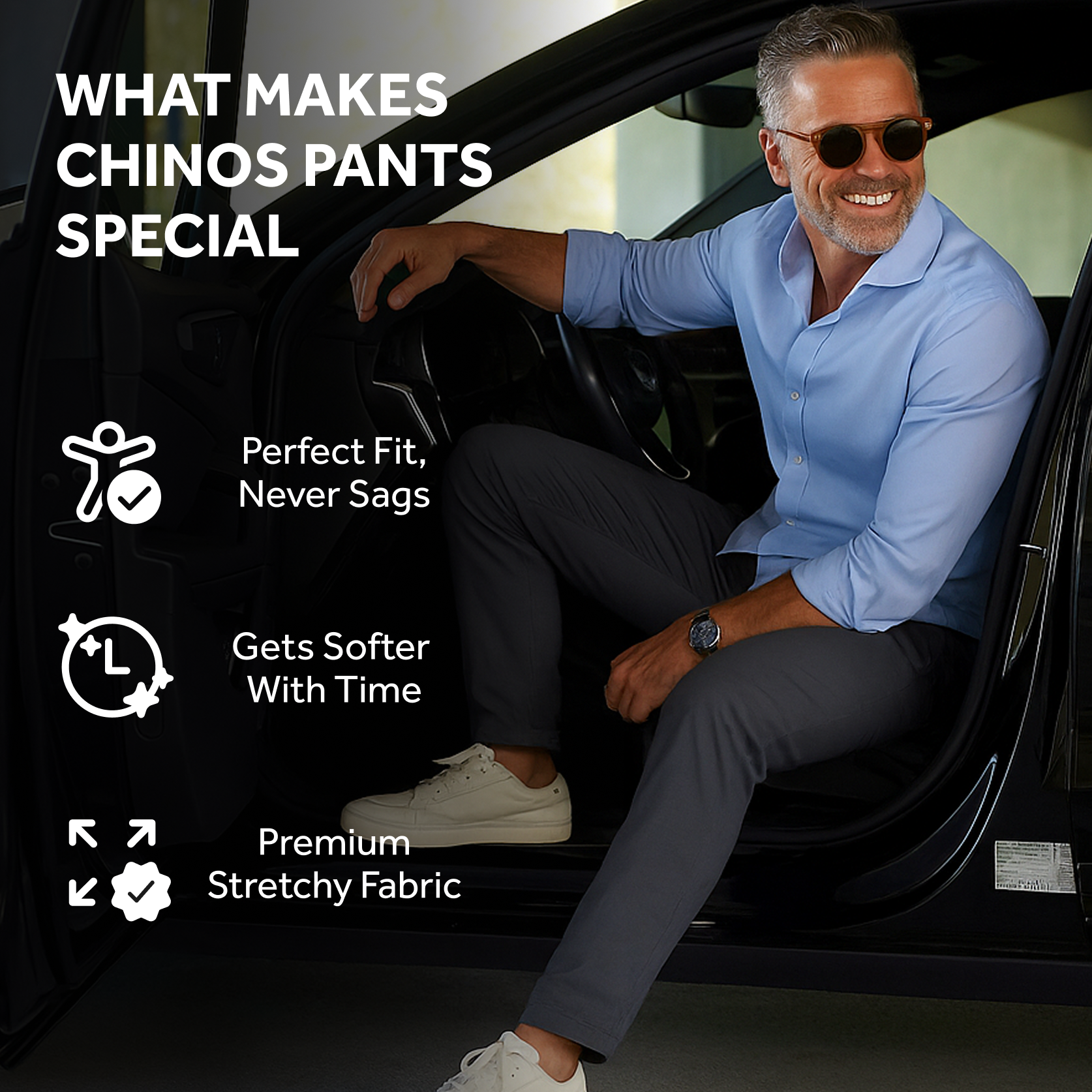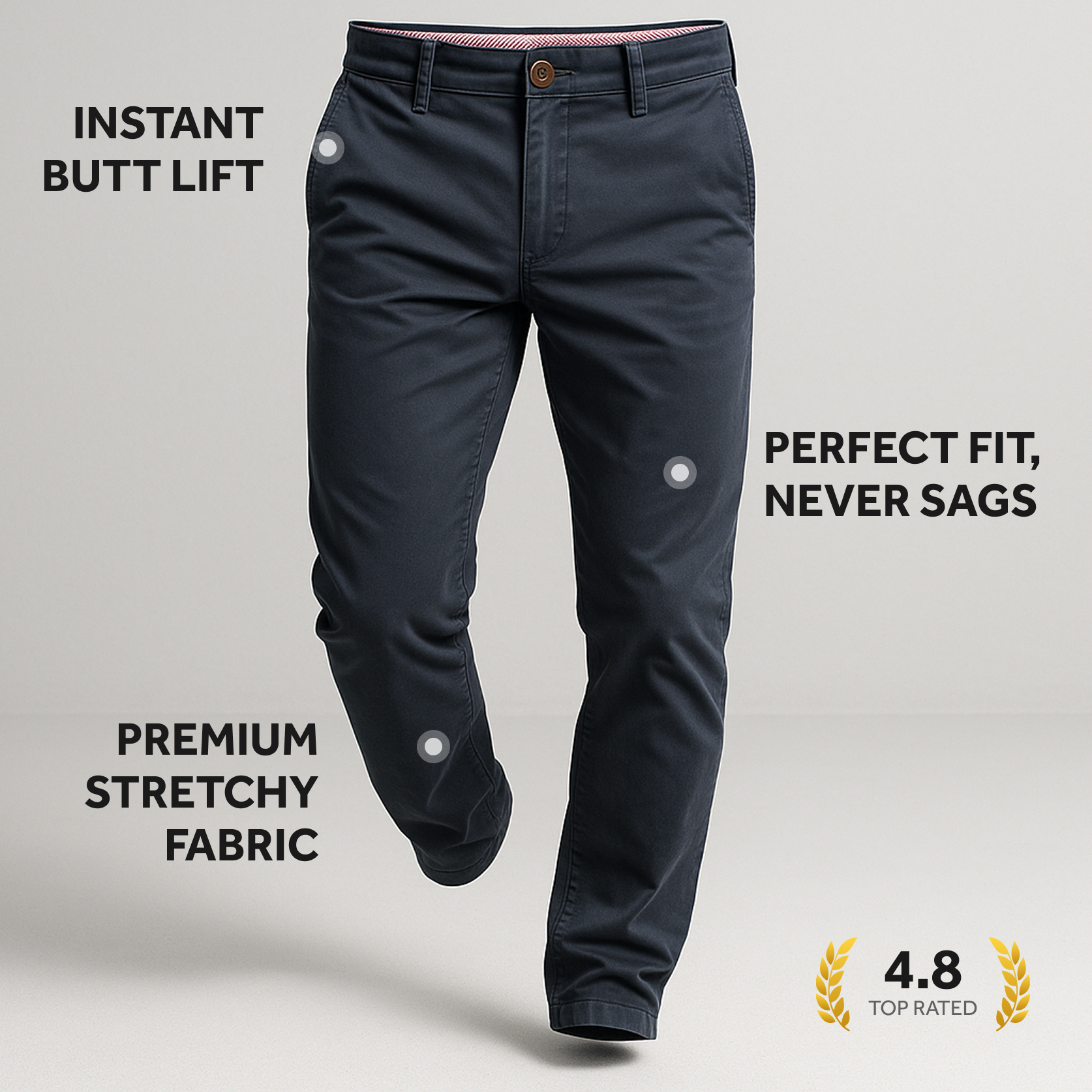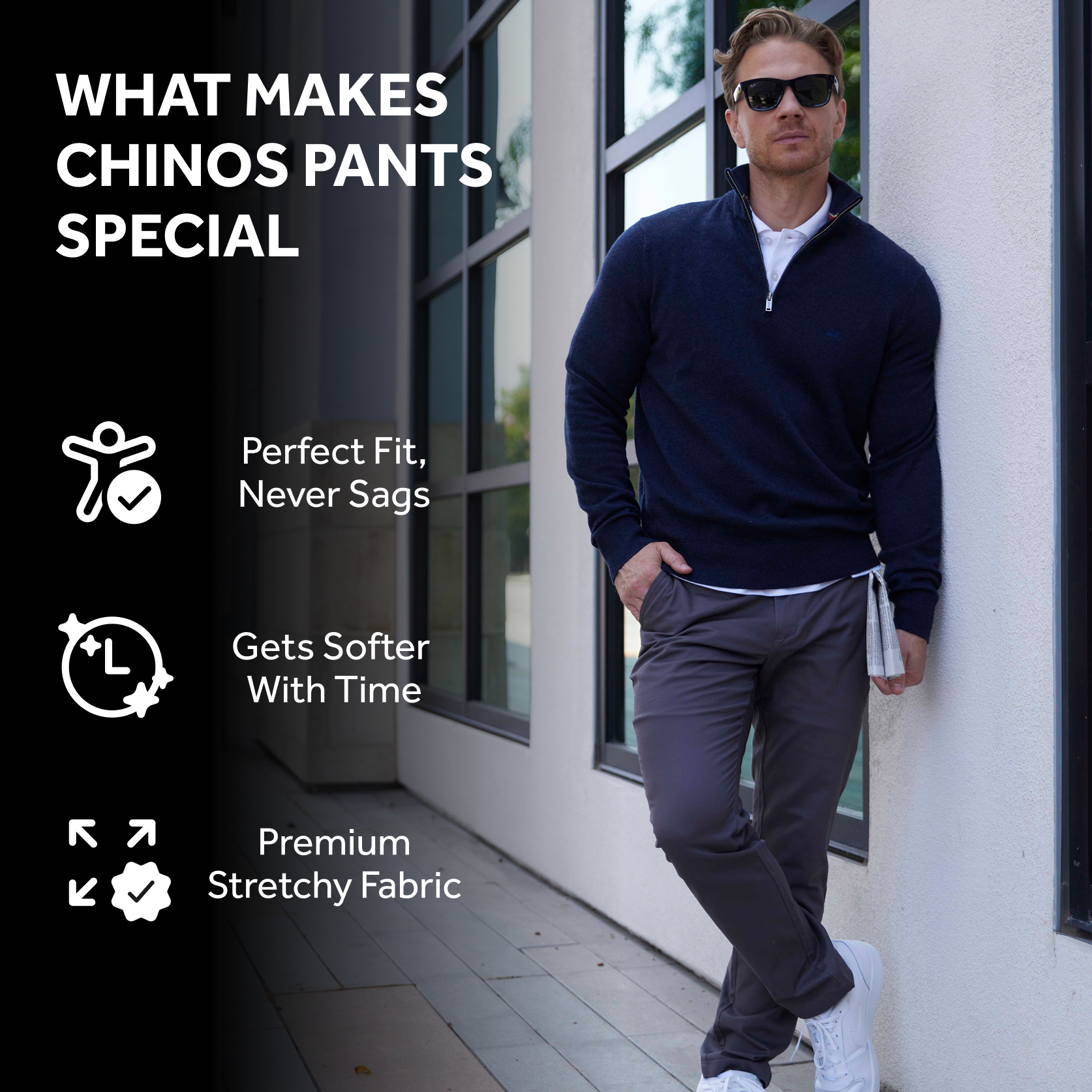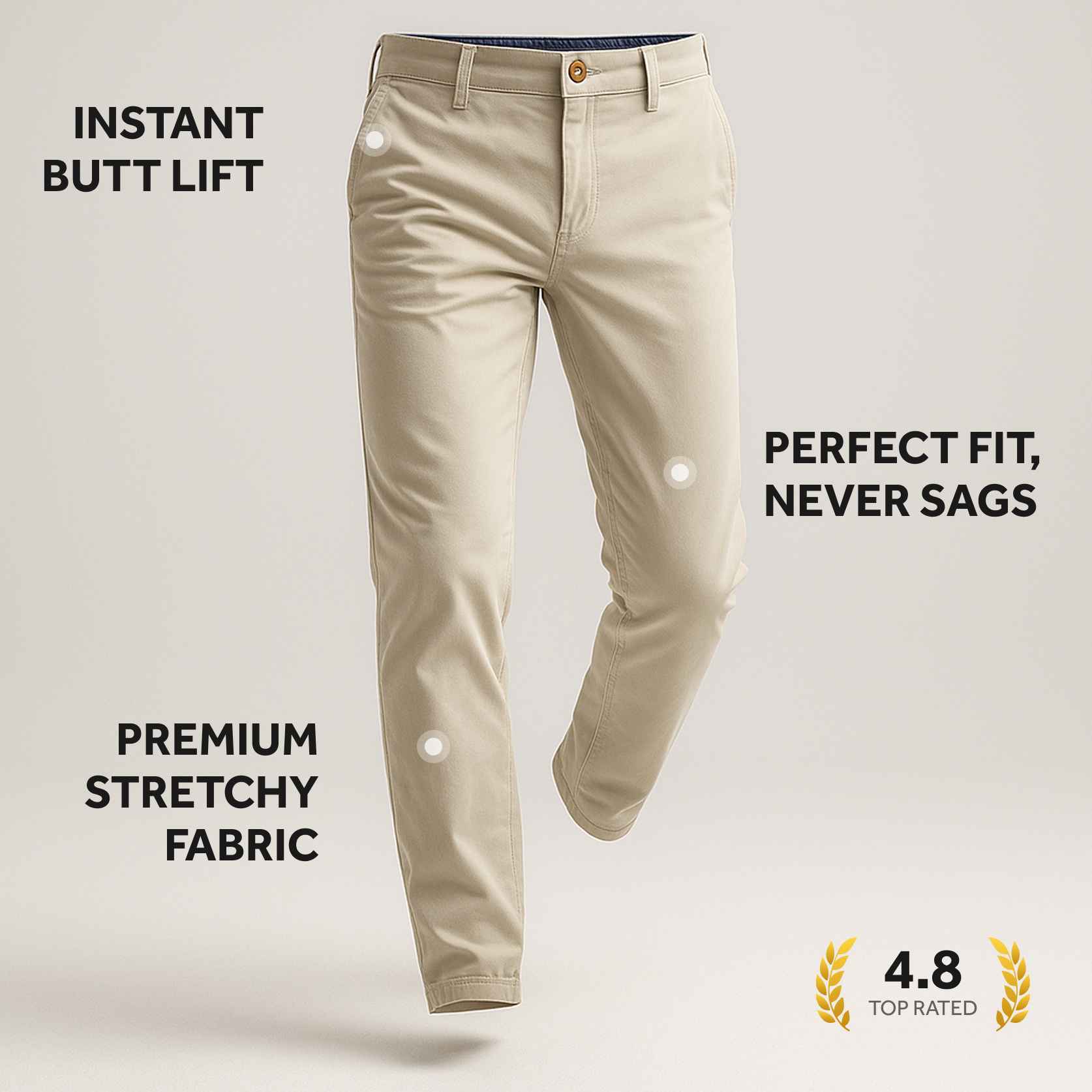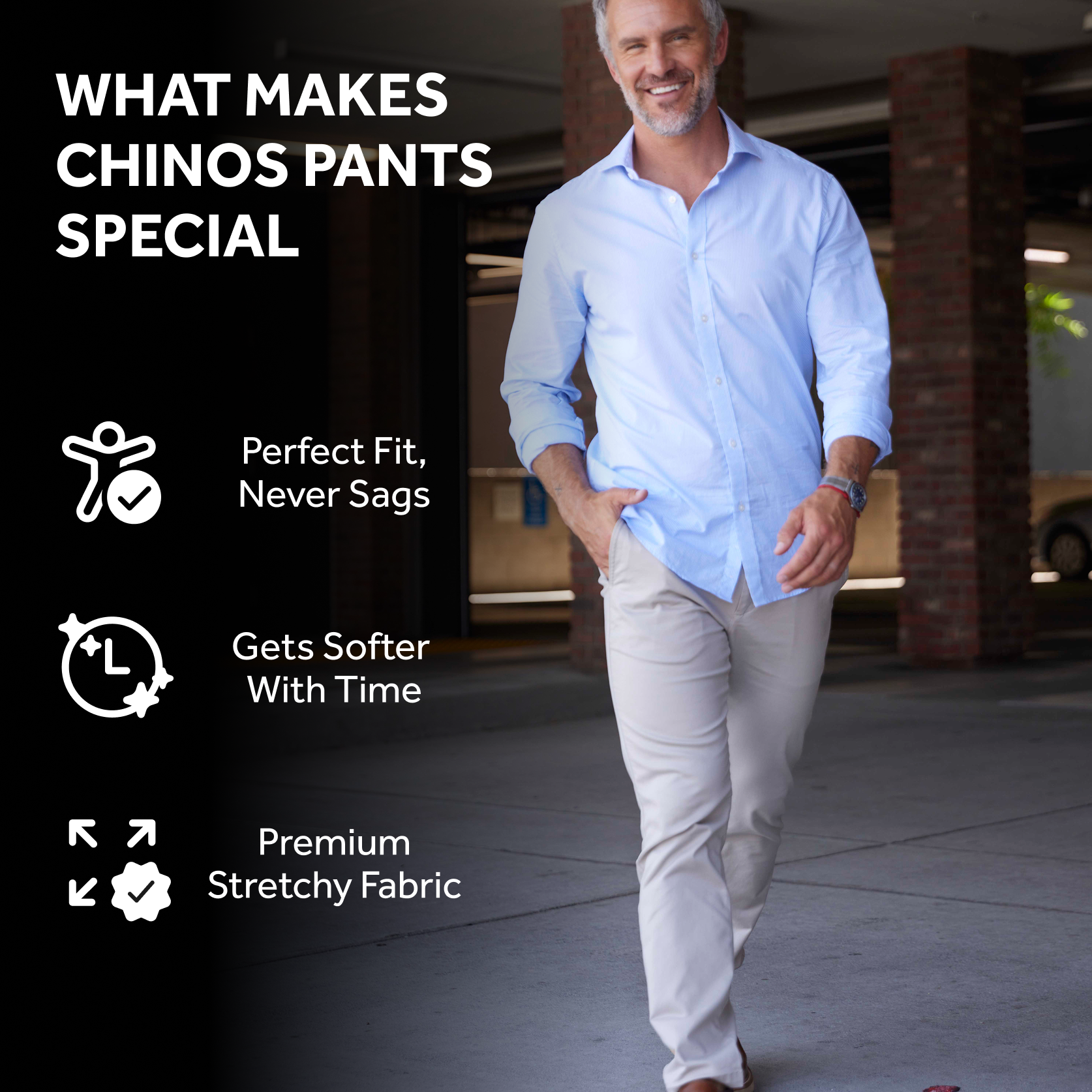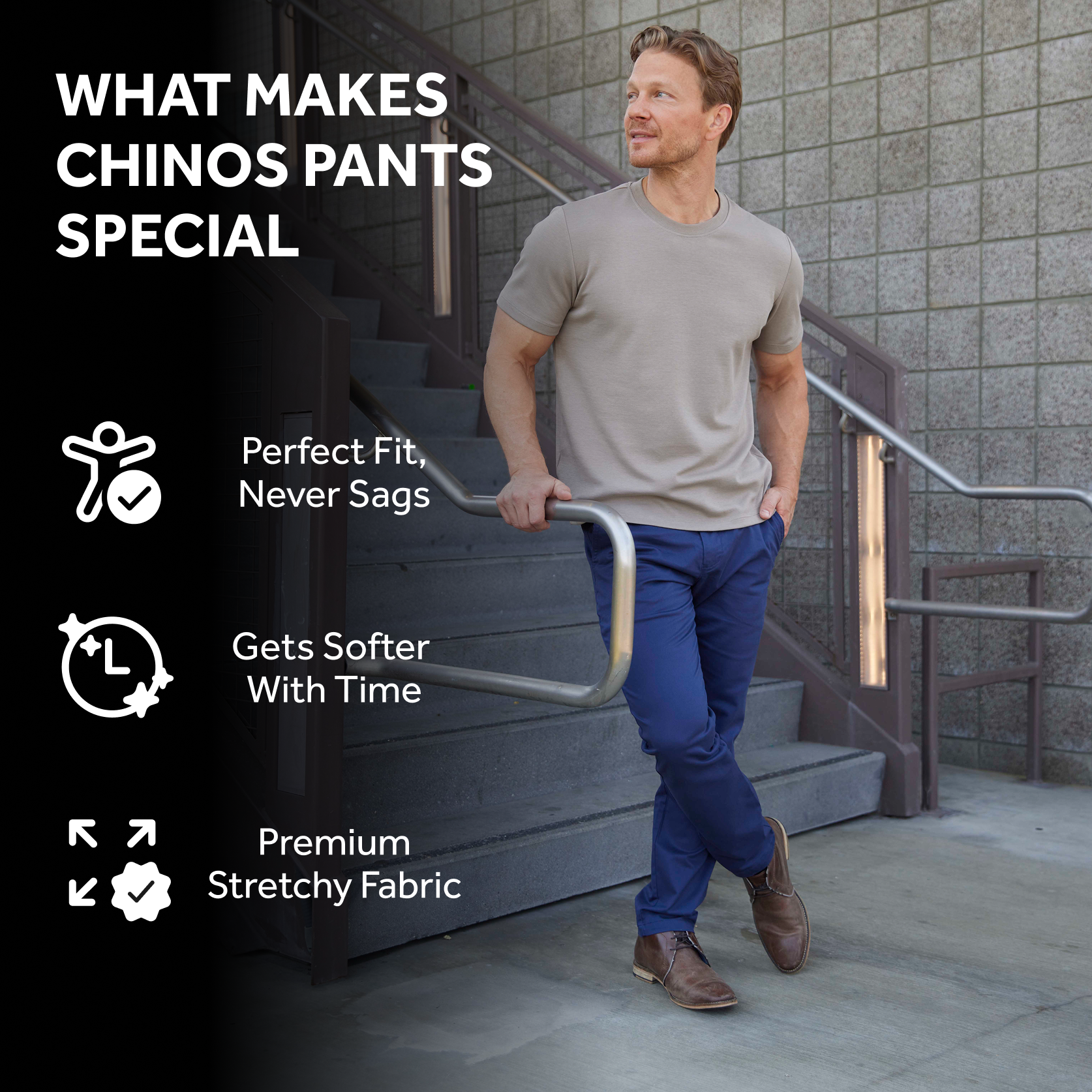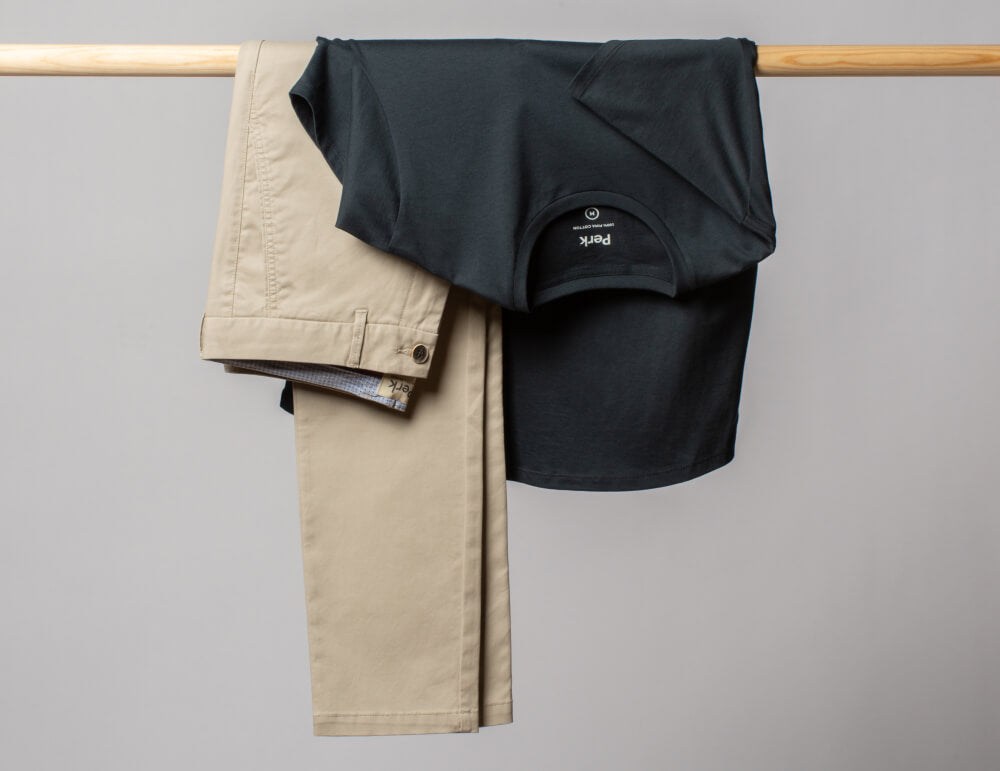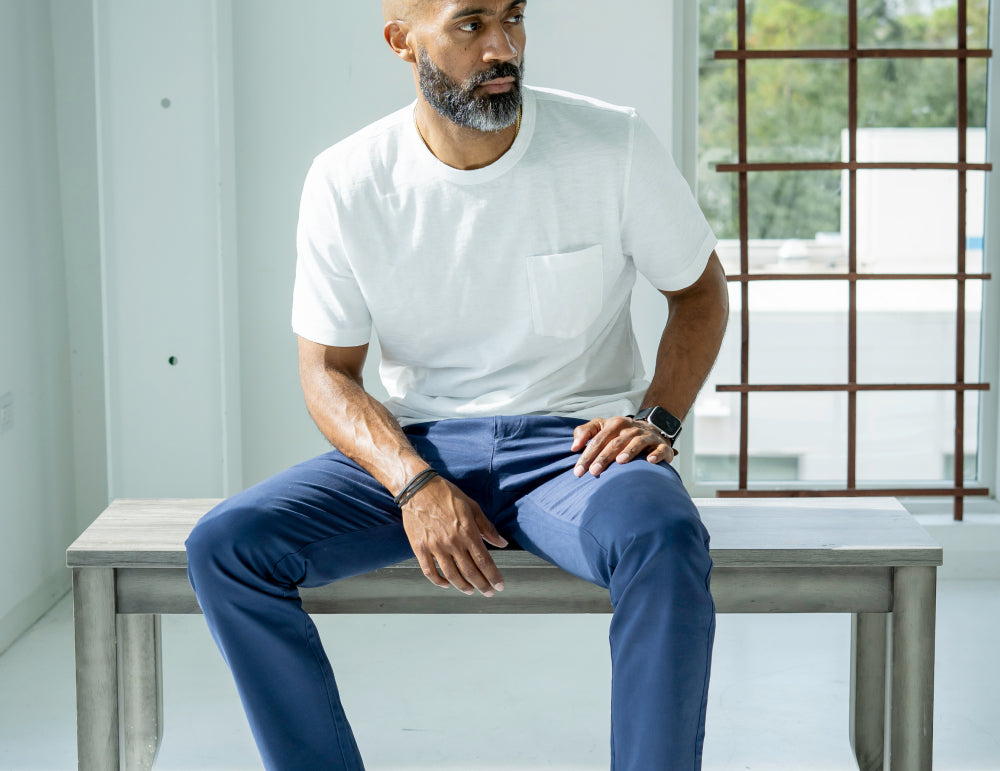Fashion changes often; that’s the name of the game. But few fashion categories have both changed less and changed more than men’s business professionals. What do we mean by that?
Well, when you think business professional, you probably think of custom, expensive suits (a la American Psycho, without the psycho). And while suits are still more than welcome in business professional styles, they’re not the only players in the game anymore, and the style of suits that are preferred has changed, as well.
So how can you navigate the world of business professional attire? Men who know how to dress in business professional settings and men who don’t are pretty obviously different in their styles—which affects people’s perception of them, too—but the key to learning how to be the former rather than the latter is pretty simple.
Some Ground Rules
To start, let’s lay some ground rules for good business professional styling. These are integral to keep in mind both when we recommend items/types of clothes and when you’re doing your own wardrobe-building and personal styling.
Give Your Outfits Time and Care
Honestly, this is the golden rule for personal fashion across the board, but it's especially important in formal/business professional settings. You want to give your outfits the time and care that they deserve.
This is one of the biggest rules that separate poorly-dressed men and well-dressed men. You can make almost any clothes work as an outfit if you put thought and effort into how they go together, and the same is true for business professional outfits. Professional outfits for men are best constructed with deliberate thought and action. You can throw together a jacket, chinos, and a tie and maybe get lucky, but if you sit down and construct the outfit intentionally, then you’ll almost always have better results.
Go in With a Plan
This is especially true for wardrobe-building, but it applies to outfit creation as well: go in with a plan. When you’re getting professional attire for men, you want to make deliberate purchases and thoughtful outfit choices, and one way to save a ton of mental load is to have a plan for your style/wardrobe.
If you know you like navy and black, then do some research into the best accent colors and accessories for business professional attire of those colors. Having a plan and knowing what you like is integral to making good purchases and building out a wardrobe that is versatile and tailored to your sensibilities, but not overloaded and bloated. Having too big of a wardrobe can make outfit-building harder than a slimmer one, so keep that in mind, as well.
Buy Quality, But Buy Affordable
Professional outfits for men don’t have to be bank-breaking. As we mentioned, you might imagine five-thousand dollar suits when you think business professional, but you can build an entire wardrobe on a fraction of that.
The key to success in business professional attire for men is to find the best quality for the best price in your budget. Do your research, look at reviews, and try clothes on if you’re shopping in person. This will save you time, money, and embarrassment!
You don’t need to empty your wallet for your business attire. Men who know how to find quality purchases at a good price both look great and feel great—all without breaking the bank.
Business Professional Attire, Piece-by-Piece
Now that we’ve got those ground rules established, let’s discuss the different clothing sets and pieces you’re going to want for your business professional outfits. Also, if you’re looking for a more general office-styling guide, we have an article all about different office-appropriate styles for men!
The Suit
A well-fitted suit is integral to a truly business professional wardrobe, but keep in mind our rules above! You don’t need to spend several thousand dollars on a custom-made suit. You can get two or even three suits for less than a thousand dollars if you know where to buy and what to get (and, if your job demands a full business suit every day, you probably want two to three).
A business suit is just a clothing set made from the same material. A two-piece suit is your standard pants and a jacket (we’re not talking about three-piece suits since those are mostly wedding-only nowadays). And the best part about two-piece suits is that they’re incredibly versatile.
If you get a good pair of navy dress pants and a navy sports coat, you can wear those in numerous different ways: you can go the standard suit (white dress shirt and a tie), you can sub the dress pants for chinos and thread the needle between business casual and professional, or you can lose the jacket for a more comfortable (but still well-dress) business professional.
Get suits in colors and fits that match you, just make sure you have at least one navy or black suit. For the fitting, you want a jacket whose sleeves fall to just above your dress shirt’s sleeves and pants that come just above or at the ankle.
Chinos
As we mentioned in suits, chinos are a perfect option for professional outfits for men because they look as nice as khakis while being as comfortable as jeans. You can get chinos in a wide variety of colors, which can further diversify your suit game.
Some men prefer to favor chinos (and their cousin, khakis) almost exclusively over dress pants, and if your office doesn’t require full, traditional business suits, then go for it! Chinos can be business professional with the right shirt/jacket, and they have the added benefit of working in casual and business casual attire, as well.
Button-Up Dress Shirts
You’re going to want a set of five or more button-up shirts for your business professional wardrobe. Good fitting and comfortability are a must for these! Too many men walk around in starched-up dress shirts that are rigid and chafing. You want button-up shirts that are comfortable but professional and of good quality.
Undershirts
Some men hate the feeling of dress shirts regardless of how soft they are, and plenty more men (rightly) fear the sweat stain menace! The last thing you want is to lose a dress shirt to grimy pit stains, but there’s an easy and comfortable way to prevent that: undershirts. Wearing a comfortable, cooling tee under your dress shirt prevents chafing, wicks sweat, and maintains a cooler body temperature.
Shoes and Accessories
Finally, you need shoes and accessories that complete and accentuate your business professional attire. For shoes, you’ll want dress shoes that are stylish, comfortable, and fit you well. Oxfords are a popular choice.
For accessories, you’ll need a belt and you’ll want a watch. A belt makes your pants both look better and stay up better. The last thing you want is to have a good pair of chinos that look stupid because they’re constantly sagging half an inch. Watches, on the other hand (pun intended), are stylish accessories that make you look clean and professional.
If you want even more fashion advice and styling tips, be sure to check out the rest of our blog!

